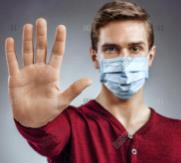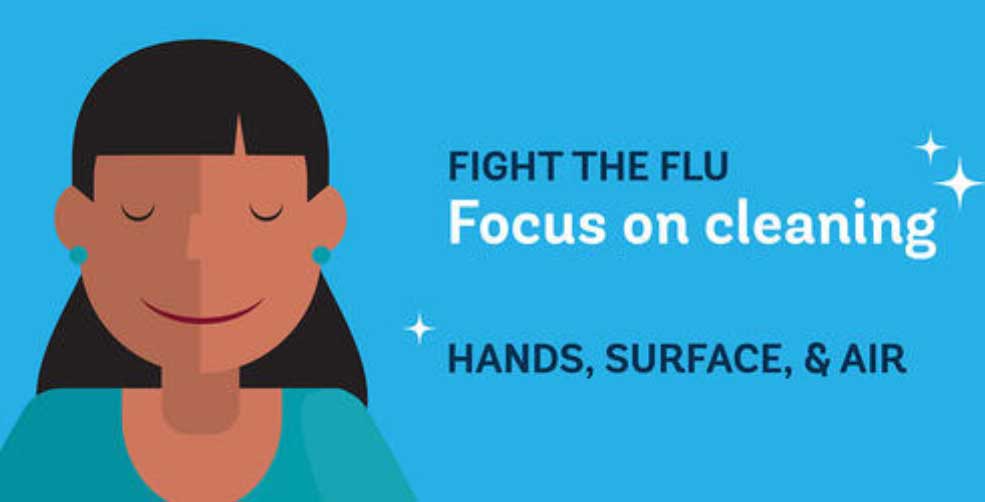
 Flu is upon us and everyone — neighbors, friends, loved ones and that co-worker coughing up a lung in the next cubicle–seems infected.
Flu is upon us and everyone — neighbors, friends, loved ones and that co-worker coughing up a lung in the next cubicle–seems infected.
Seasonal influenza viruses are believed to be transmitted from person-to-person primarily through virus-laden droplets that are generated when infected persons speak, cough or sneeze; these droplets can be deposited onto the mucosal surfaces of the upper respiratory tract of susceptible persons who are near the droplet source. Transmission also may occur through direct and indirect contact with infectious respiratory secretions, (e.g., by hands that subsequently deliver infectious material to the eyes, nose or mouth).
To mask or not to mask during Flu season? That is a question.
The CDC has a whole web page dedicated to whether or not to wear a mask amid the flu. Masks do make sense for certain groups: the ill and health care workers.
1.It supports a mask for anybody who has the flu — and especially respiratory distress — to keep from spreading it. A mask should be worn by infectious patients any time they leave the isolation room. Masks should be worn by these patients until.
• it is determined that the cause of symptoms is not an infection that requires isolation precautions or
• the patient has been appropriately isolated, either by placement in a private room or in some circumstances by placement in a room with other patients with the same infection (cohorting). The patient does not need to wear a mask while isolated, except when being transported outside the isolation room.
2.During periods of increased acute respiratory infections in the community, coughing patients and anyone suspected of having influenza should wear a mask at all times until they are isolated in a private room.
3.Healthcare Personnel
• A surgical mask or fit-tested respirator should be worn by healthcare personnel who are within 6 feet of a suspected or laboratory-confirmed influenza patient.
• A respirator can be selected when antiviral medication supplies are expected to be limited and influenza vaccine is not available, e.g., during a pandemic.
• Standard and droplet precautions should be maintained until the patient has been determined to be noninfectious or for 7 days after illness onset or until 24 hours after the resolution of fever and respiratory symptoms, whichever is longer, while a patient is in a healthcare facility. In some cases, facilities may choose to apply droplet precautions for longer periods based on clinical judgment, such as in the case of young children or severely immunocompromised patients, who may shed influenza virus for longer periods of time.



I think I’ll need to disrespect your knowledge, then. The answer is masks and social distancing. If you avoid people, prevent crowds, and wear a mask in public, you are much less likely to capture flu. It just makes good sense that, if this is an unusually light year for flu, we ought to ask what unusual changes happened throughout the past year, so we can understand the factor for the light flu season. People began wearing masks as well as limiting their contact with other individuals. Those that were ill remained at residence as well as did not go out on buses. They really did not need to go in to work, where they may have spread the influenza if they had it. All of these things added to a light flu season in 2020. .
Too bad I didn’t see this earlier… very interesting and well done, thank you!